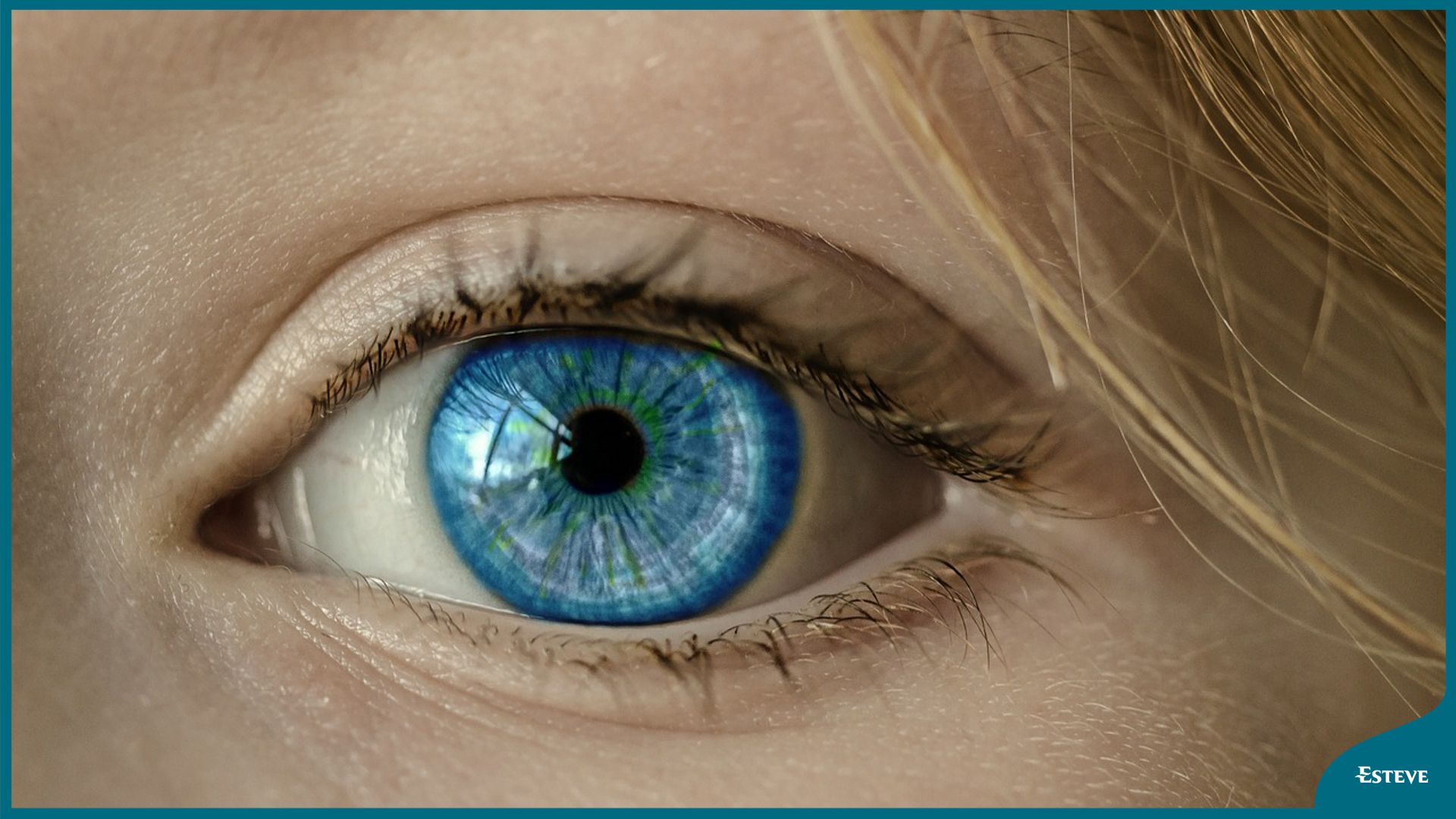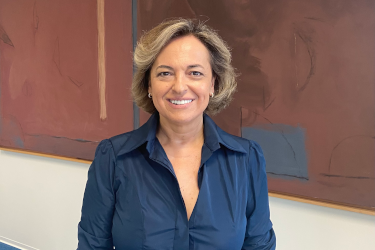11/10/2018
NURSES OFFER CARE AND PREVENTION OF DRY EYE, A CONDITION THAT AFFECTS 60% OF PEOPLE OLDER THAN 45 YEARS
Dry eye care and prevention is a pending issue in the Spanish society and a source of great concern for specific patients, such as those admitted to Intensive Care Units.
The longer time spent on electronic screens, and environmental conditions, have increased its prevalence in recent years.
The General Nursing Council and ESTEVE promote a training program on this condition, addressed to health professionals and the general population, starting with a Decalogue presented today on the occasion of World Sight Day.

Sixty percent of the population older than 45 years - around 5 million Spaniards - suffer from dry eye syndrome, an ophthalmic condition that causes irritation, itching and, in severe cases, corneal lesions. A growing and inappropriate use of electronic visual displays, such as cell phones, tablets and computers, accounts for its increasing prevalence. Other risk factors include some pharmacological treatments (diuretics, beta blockers, antihistamines, antidepressants, analgesics, etc.) and states like pregnancy, menopause or some neuromuscular diseases.
In order to increase knowledge of and the approach to the disease among nurses and the general population, the General Nursing Council and the pharmaceutical company ESTEVE (www.esteve.com) start today, on the occasion of World Sight Day, a collaborative project that will include a number of awareness and scientific actions by way of a Decalogue of tips on dry eye addressed to both nurses and the general population and to be distributed, among other channels, through a video made by Canal Enfermero and already available on YouTube.
This Decalogue was prepared by Almudena Santano, Director of Nursing at University Hospital Puerta de Hierro Majadahonda, and by Sonia López Palacios, Primary Care Director at Área Centro of Madrid (SERMAS). As Sonia López Palacios explains, "the nurse's role in the patient's health education and care planning is a competence of Primary Care nurses; this is key in dry eye conditions, which affect 30% of the population. This condition can be associated with multiple causes and is not always given proper attention". In this regard, Almudena Santano places emphasis on at-risk patients: "we must pay particular attention to bedridden or immobilized patients, terminally ill patients or chronic patients requiring a high level of care. For example, we sometimes have bedridden patients wearing an oxygen mask and we focus on bedsore prevention and care, but we overlook the fact that wearing the oxygen mask is a dry eye risk itself that can lead to a lot of discomfort. Postural changes or blinking are measures that can help us prevent or improve dry eye symptoms".
Also as a result of this collaboration, work is already underway to create a training tool for nurses to delve into dry eye prevention and management in different areas, such as the hospital setting, among others. This tool will be accessible to all nurses by means of an intuitive App that can be downloaded on both iOS and Android and that will allow consultation at all times, regardless of internet access.
General Nursing Council's chairman Florentino Pérez Raya explains that "this agreement will allow that, beyond nurses working in the field of ophthalmology, all professionals increase their knowledge of this area and may assist patients both at clinic and home visits - as far as Primary Care is concerned - and naturally also in hospital areas such as operating rooms, critical care units and wards".
For her part, Raquel García Gordon, director of Public Affairs & Market Access at ESTEVE, claimed, after the signing of this agreement, that "dry eye is not a secondary condition. In hospitals, for example in ICUs, many factors cause or worsen dry eye conditions, and professionals should be ready to assist the patient within a multidisciplinary team where nurses play a fundamental role".



